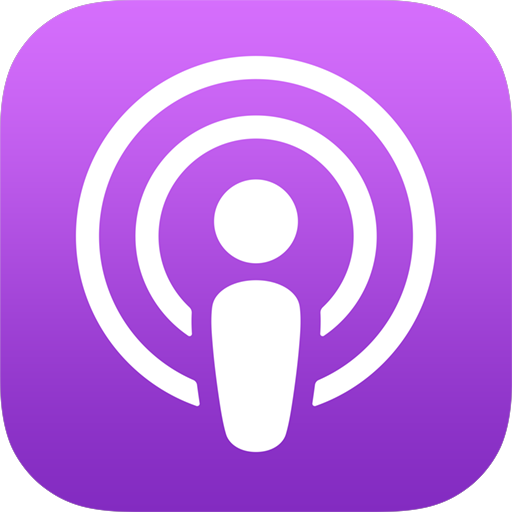Expertise

Help employees understand the why
Humans have always shared stories. From cave drawings during the Stone Age and Shakespeare’s 17th century plays to T Swift songs today. Stories help us understand the world and our place in it. That same power to build and make meaningful connections is what we bring to every story we craft for our client partners, including our recent work with a global brand in the insurance space.
In mid-2023, their employee communications team reached out with a challenge: develop a more strategic and creative way to craft stories that connect employees to their business, their purpose and to each other.
The insurer knew how we brought their annual report to life with strong visuals and compelling narratives. Could we bring that same energy to their employee stories? Absolutely!
We started by developing a communications and editorial plan to guide the internal team in identifying, prioritizing and writing powerful stories from across the business. Then we designed branded templates to guide storytelling and make the reader experience more consistent, whether it was a Q&A, profile or quick-hit listicle.
From there, we became an extension of their team, writing two-to-three stories a month for their employee intranet. To date, we’ve crafted more than 40 original stories, covering everything from new product launches and robotics to climate science and professional sports.
Bring your brand to life with stories
Every brand can do more to humanize their product or service for different audiences, especially employees.
Here’s a few topics that can lead to impactful employee stories:
- New hires, promotions, anniversaries or even retirements
- New product or service launches New innovations in technology, like AI
- Project updates
- Community relations and sustainability activities
- Training and development
- Growth and expansion
- Leadership Q&As
The best stories for employees are ones about other employees, because people love reading about people. So even if you’re writing about a new product launch, new corporate objectives or a trade show conference, tell the story through the lens of your own people. How were they involved? What does it mean to them? What surprised them?
Just be aware that employees can easily sniff out when they’re being preached to, so keep your stories authentic by dialing down the business speak and dialing up the honesty and humanity.
Leaning into elements of creative writing can help make stories more powerful, like setting the scene with details that evoke the senses. Give them atmosphere. Texture. Maybe even tension. For example, if you’re writing about drone technology that helps workers inspect dark, cramped spaces, then paint a scene where readers truly understand what it looks like, sounds like, feels like to be in that moment. Give them a sense of place and reason to care.

Mine the gold during interviews
Writing stories that employees want to read requires listening carefully during interviews and asking questions that go beyond the obvious. Sometimes it means taking a risk to ask a question that’s surprising, or fills the interviewee with emotion. Sometimes it means being comfortable with silence while they ready themselves to respond.
Or think of your interviewees like a story character. Your job is to dig deep to unearth the magic behind who they are and what drives them.
If you’re highlighting the long career of a C-suite leader who is known for being private and reserved, look for ways to show more of her personal side. Maybe she grew up on a rural farm and helped her family take care of the animals. Or she spent her childhood traveling around the world. How did these experiences shape her leadership style?
Every person is filled with little “extras” that move them from the ordinary to the extraordinary. We like to call it “mining the gold!” Because it’s often in those details or moments when they connect most authentically to your audience.

Engage employees for good
Good storytelling is good business. Research proves that strong internal communications can boost engagement, strengthen culture, improve productivity and reduce turnover. When companies invest in communicating to employees, they feel more connected, more engaged and more willing to bring their best selves to work.
That’s good for culture. Good for retention. And good for the bottom line.

















